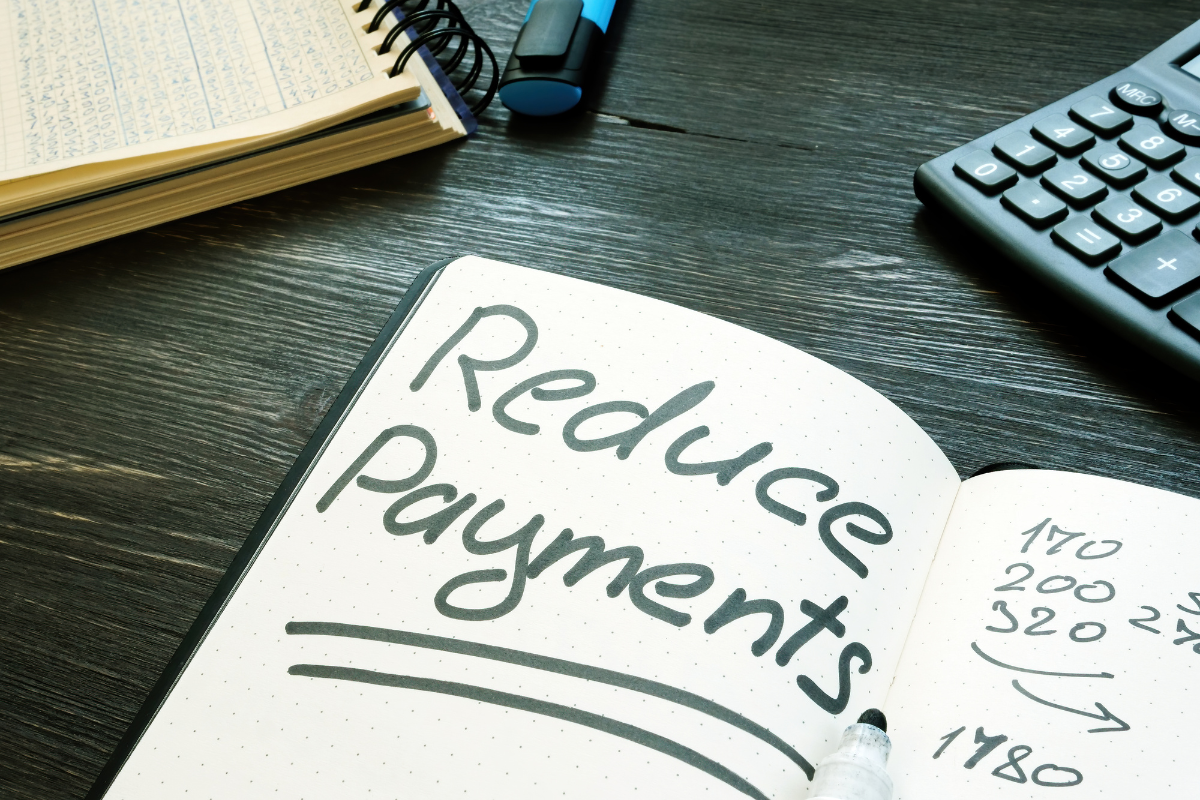
5 Tips For Refinancing Your Student Loans
Posts by Alan TaylorJanuary 22, 2024
Millions of college students use loans to help pay for their education, but paying them off is no easy task.
For many borrowers, student loans can be a source of stress and a strain on finances. It’s not uncommon to spend years, or even decades, paying them.
When those payments come due shortly after graduating, you may be unable to keep up with them.
In this and other circumstances, refinancing student loans could be the answer.
1. Make Sure Refinancing Is The Best Option For You
You’re probably considering refinancing your student loans because of the potential to reduce your monthly payments or interest rate. These are obvious benefits, but refinancing student loans isn’t for everyone.
To qualify for the best interest rates available, most lenders require you to have a good credit score and a reliable stream of income. Without either, you might be better off sticking with your current loan terms.
If you have federal student loans rather than private, tip #2 is essential to consider before looking into refinancing options with private lenders.

2. Assess Your Eligibility For Student Loan Forgiveness Plans
Suppose you refinance or consolidate your federal student loans with a private lender.
You won’t be eligible for some federal programs that could help reduce your payments or forgive the balance completely over time.
Before you refinance, check to see if you qualify for any of these programs, such as the income-driven repayment plan or the Public Service Loan Forgiveness program.
3. Compare Student Loan Refinancing Rates And Lenders
Deciding whether refinancing your student loan makes sense requires careful examination of the numbers.
This part might be time-consuming, but it’s worthwhile when it leads to a plan you’re comfortable with.
Unfortunately, there’s no easy way to compare all available options. That’s because all loans will depend on your personal financial situation and the interest rates and terms each lender may offer.
In most cases, you’ll have to give each lender details of your current loan and income to get a personalized quote for a refinancing plan.
When comparing different refinancing options, consider these factors:
Interest Rate
The interest rate you receive will often depend on your credit score and income, but you should still ask if they have any additional discounts available.
Some lenders, for example, will reduce your interest rate if you agree to set up automatic payments.
Loan Terms
Everyone wants a lower payment. But to get the lowest possible monthly payment, you’ll often have to extend the life of your loan and the total you will pay in interest over time.
It might make more sense to go with a slightly higher monthly payment if it means paying off your loan in 10 years instead of 20.
When you calculate your new loan terms, consider the total amount you’ll pay over the life of your loan.
Another option is to take the lower payments now, and as your income increases, you can double up on payments to pay off the loan sooner.
4. Think About The End Game
Many get so excited over reducing their student loan payments that they forget to read the fine print.

Ensure you’re comfortable with all aspects of your refinancing plan; it’s like starting a new loan agreement.
Think about the future and how possible situations can affect your loan. Does the lender offer options like forbearance for economic hardship if you lose your job or start earning a lower salary?
If you decide to return to school, will you need to continue payments, or can you switch to a different payment plan?
5. Continue Making Payments Until Refinancing Is Complete
It might take a while for your new lender to approve your application and for your loan balances to be transferred to that lender.
Remember, you’re still responsible for making regular payments until that process is complete.
Your new lender will notify you when that happens. Then, you will switch to making your new payment to them.
Ensure you know how to make those payments and note any changes to the due date or payment amount.
Navigating Student Loan Refinancing With Confidence
Dealing with student loans can be tough for millions of college students. It’s a source of stress and can mess up finances.
If you’re drowning in payments, refinancing could be the best choice. But before you proceed, ensure you’re ready and understand its implications.
Assess your situation, consider the benefits and drawbacks, and ensure refinancing aligns with your financial goals before making the move.
With informed decisions, you can pave the way for a more manageable financial future.
